Unveiling the Northern Copperhead: Appearance, Habits, and Venom
Curious about the northern copperhead snake? Often misunderstood and feared, these fascinating creatures play a crucial role in our environment. Let’s shed some light on these often-misunderstood reptiles and learn how to share our spaces safely.
What Does a Northern Copperhead Look Like?
Picture an hourglass meticulously crafted on a snake’s back – that’s the northern copperhead’s signature style. This pattern, a darker shade against a lighter backdrop, makes them fairly easy to recognize. They also sport a characteristically broad head (hence the name “copperhead”) and have those eerie vertical pupils, similar to a cat’s.
Copperhead Look-Alikes: Don’t Judge a Snake by its Stripes
However, looks can be deceiving! Several other snakes sport a similar hourglass pattern, leading to mistaken identity. The harmless milk snake, for instance, shares the pattern but has smooth scales and round pupils. Water snakes, with their stocky build and keeled scales (like a boat’s underside!), also cause confusion. Accurately identifying them is vital to avoid unnecessary fear and protect beneficial snakes.
Decoding Venom and Bites: Separating Fact from Fiction
Let’s address the elephant in the room – venom. As pit vipers, northern copperheads possess heat-sensing pits on their faces, acting like built-in night-vision goggles to locate warm-blooded prey. Their venom, designed to disrupt blood cells and tissues, is potent.
However, while a bite necessitates immediate medical attention, it’s rarely fatal to humans, especially healthy adults. Symptoms typically include intense pain at the bite site, swelling, and possibly nausea.
Importantly, copperheads are not inherently aggressive. Bites usually occur from accidental encounters, like stepping on one.
A Glimpse into Copperhead Life: Habitat and Habits
Where are you likely to encounter these shy creatures? Think rocky woodlands, forest edges, and even damp environments like swamps. They are masters of disguise, blending seamlessly into their surroundings. Rather than actively hunting, they prefer ambush tactics, patiently waiting for an unsuspecting rodent or small bird to wander by. While rodents are their staple, their menu also includes amphibians and even other snakes!
Unlike many snake species that lay eggs, copperheads give birth to live young, usually 4-7 offspring. Sadly, while their conservation status is currently “Least Concern,” these stealthy serpents face increasing threats from habitat loss and fear-driven persecution by humans.
Busting Copperhead Myths
Let’s debunk some common myths:
Myth: Copperheads are aggressive and will chase you down.
Fact: They are reclusive and prefer to avoid confrontation. Bites usually result from accidental encounters.Myth: Baby copperheads are more venomous than adults.
Fact: This is a dangerous misconception. While baby copperheads might have less control over venom injection, its potency is the same as an adult’s.Myth: Copperheads can give “dry bites.”
Fact: While copperheads can control venom injection, it’s impossible to determine a “dry” bite without medical evaluation. Always treat every bite as potentially venomous and seek immediate medical attention.
Living in Harmony: Coexistence and Conservation
Can we coexist peacefully with these venomous neighbors? Absolutely! By understanding their behavior and taking simple precautions, we can minimize potential conflicts:
- Respect their space: Observe from a safe distance and let them be.
- Modify your surroundings: Keep yards free of debris and tall grass, which attract rodents and, consequently, copperheads.
- Spread awareness: Educate yourself and others about copperheads and their ecological importance.
Remember, conservation efforts hinge on dispelling myths and promoting understanding. By appreciating these creatures and their place in the natural world, we can help ensure their survival for generations to come.
Can a Copperhead Bite You?
Let’s be direct: yes, a copperhead can bite. They are venomous snakes, equipped with fangs and venom. However, their venom is rarely fatal to people, especially healthy adults. Some experts suggest that nearly half of copperhead bites are “dry,” meaning no venom is injected.
Don’t let this lull you into a false sense of security! Even a dry bite can be painful and cause swelling. Seeking immediate medical help after any copperhead bite is crucial.
Deciphering the Bite: Symptoms and Severity
The effects of a copperhead bite can vary. Some individuals experience mild pain and swelling around the bite, subsiding within days. These are likely dry bites. However, when venom is injected, symptoms can escalate to severe pain, significant swelling, and even skin discoloration around the bite.
In some cases, delayed reactions like nausea, dizziness, weakness, difficulty breathing, or abnormal bleeding can occur hours after the bite. Long-term problems from the bite are rare but may include tissue damage or allergic reactions.
Bitten? What to Do
First and foremost, don’t panic! Remaining calm and still is crucial, as excessive movement can accelerate venom spread.
Immediately call 9-1-1 or get to the emergency room.
While awaiting help, here’s what NOT to do:
- Do NOT try to catch or trap the snake.
- Do NOT try to cut open the bite or suck out the venom.
- Do NOT put ice or a tight bandage on the bite.
- Do NOT drink alcohol or anything with caffeine.
Avoiding the Bite: Prevention Tips
Copperheads are generally shy and prefer to avoid humans. They usually bite only if they feel trapped or threatened.
Here are a few tips to stay safe:
- Know their hangouts: Be extra cautious in woodpiles, leaf piles, and rocky areas.
- Watch your step: When in potential copperhead habitats, wear boots, long pants, and watch where you step.
- Use a flashlight at night: Copperheads are most active at night.
- Leave them be: If you encounter a copperhead, maintain distance and do not attempt to touch or move it.
Debunking More Copperhead Myths
Myth: Copperheads are aggressive and will chase you down.
Fact: This is untrue. They are reclusive and prefer to retreat rather than chase.
Myth: Baby copperheads are more dangerous than adults.
Fact: Their venom is just potent.
Copperheads are a natural part of our environment, playing an important role in the ecosystem. By understanding their behavior and taking simple precautions, we can coexist peacefully and avoid unwanted bites.
Are Copperhead Snakes Venomous in Australia?
While we’ve discussed copperheads in the US, let’s address copperheads in Australia. Found in the cooler parts of southeastern Australia, including Tasmania, these snakes are indeed venomous. Don’t let the name mislead you – their venom can be dangerous to humans.
While their venom might not be as potent as some other Australian snakes, they inject a larger volume when they bite. This venom cocktail, containing neurotoxins (attacking the nervous system) and hemotoxins (affecting blood and tissues), can have serious consequences.
Without prompt treatment, a bite can be life-threatening. Therefore, seeking immediate medical attention is paramount. Fortunately, tiger snake antivenom has proven effective in treating Copperhead bites.
What is the Difference Between a Copperhead and a Northern Copperhead?
While “copperhead” refers to venomous snakes found in various parts of the U.S., the northern copperhead is a specific subspecies inhabiting the northeastern United States. Both types have venomous bites and look similar, but some key distinctions exist.
Size is one indicator. Northern copperheads are larger, reaching 36 to 48 inches in length, compared to the average copperhead’s 24 to 36 inches.
Their patterns also differ. Northern copperheads sport a reddish-brown or copper-colored base with dark brown crossbands that are generally bolder and wider than those on other copperheads.
Habitat preference also distinguishes them. While copperheads occupy diverse environments, northern copperheads favor deciduous forests.
Both types are generally reclusive, preferring to avoid confrontation. However, if cornered or provoked, they will defend themselves with a bite. Importantly, while both species have similar venom potency, northern copperheads tend to inject more venom per bite, making their bites potentially more dangerous.
Here’s a summary of key differences:
- Size: Northern copperheads are larger.
- Color pattern: Northern copperheads have wider, more distinct crossbands.
- Preferred habitat: Northern copperheads prefer deciduous forests.
- Venom delivery: Northern copperheads typically inject more venom per bite.
To minimize the risk of unexpected encounters, be mindful of your surroundings, especially in areas where these snakes are common. Awareness is key to preventing snake bites!
Have you heard of the stunning creature that is the northern blue tongue skink? It’s a reptile that can change its color to match its surroundings! And if you’re looking for a truly exotic pet, look no further than the peacock tarantula. Its vibrant colors and unique appearance are sure to turn heads.
- China II Review: Delicious Food & Speedy Service - April 17, 2025
- Understand Virginia’s Flag: History & Debate - April 17, 2025
- Explore Long Island’s Map: Unique Regions & Insights - April 17, 2025
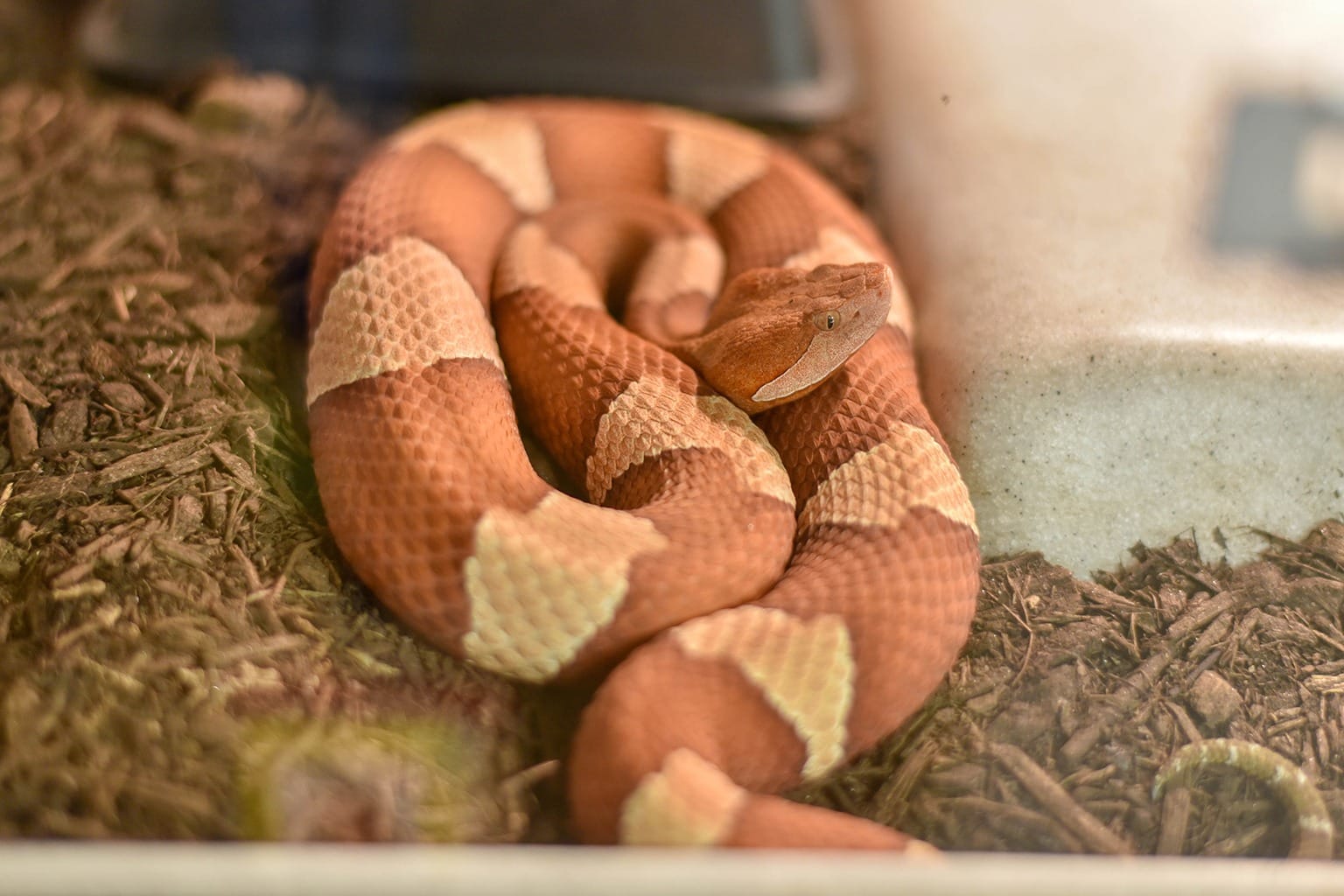
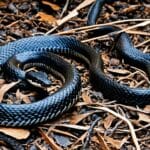
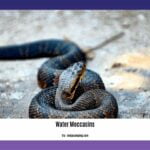
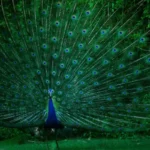
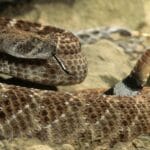
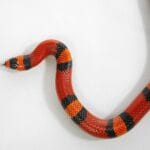
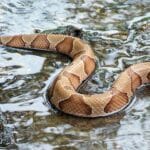










2 thoughts on “Northern Copperhead Snakes: A Complete Guide to Identification, Safety, and Coexistence”
Comments are closed.